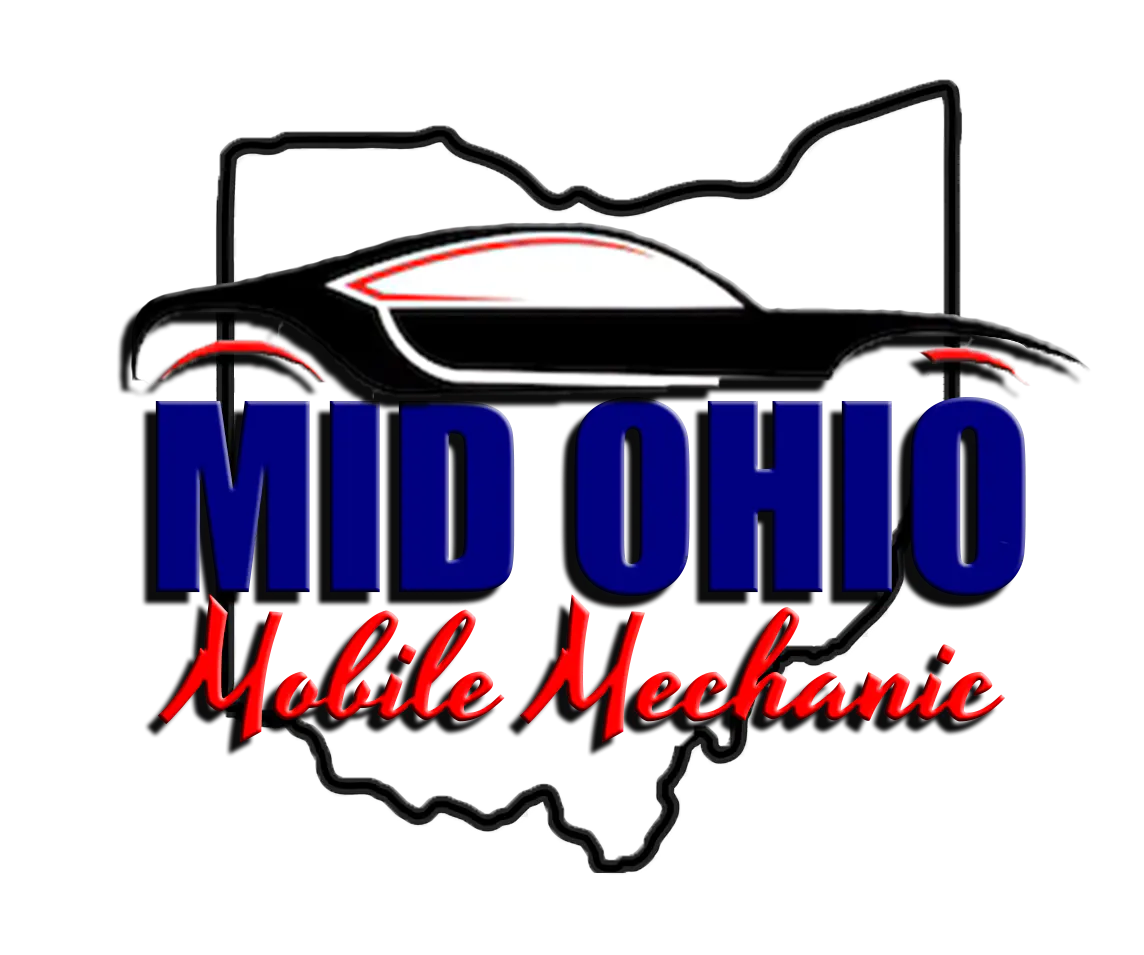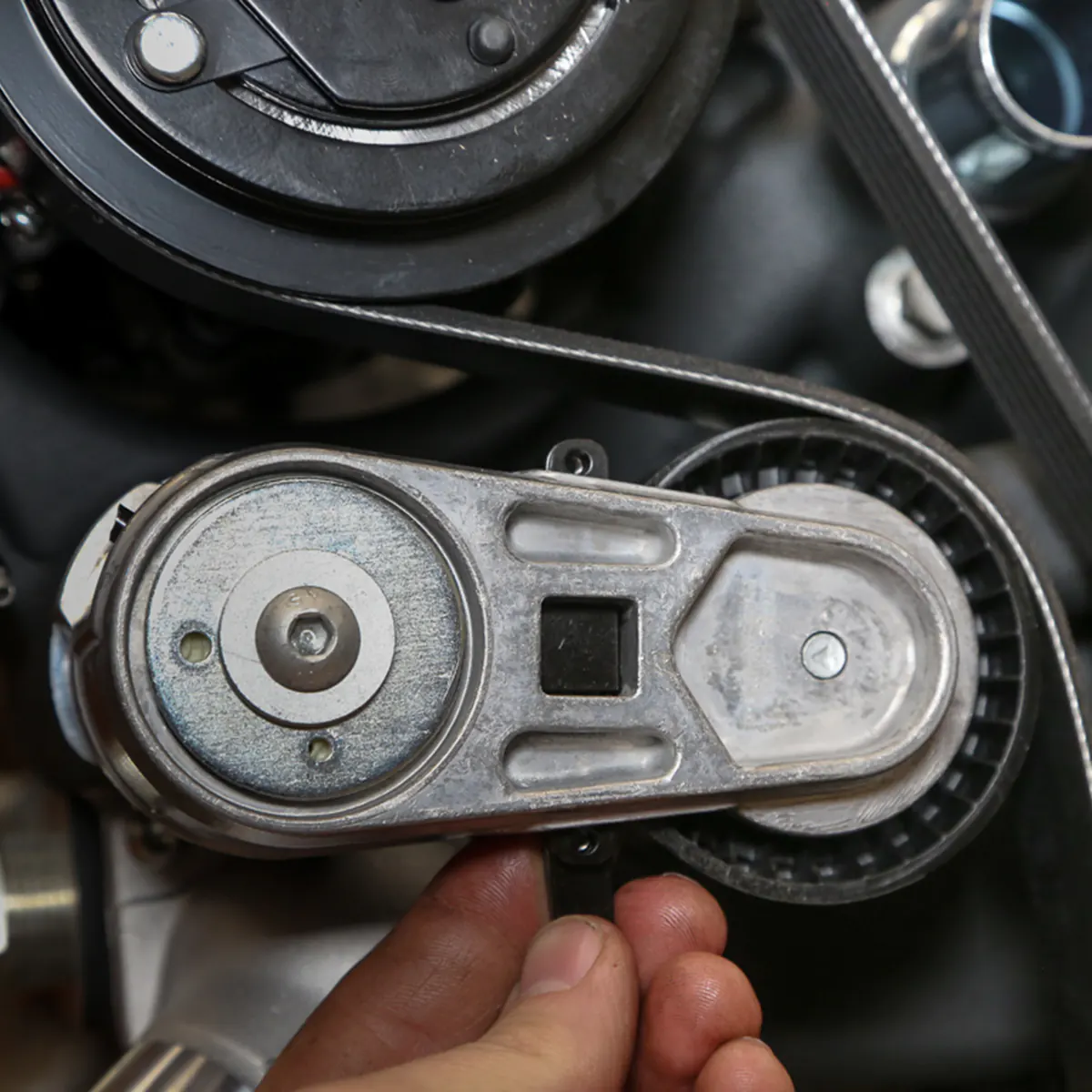Understanding Vehicle Tensioners: The Small Component That Keeps Your Engine Running Smooth
When people think of critical parts of their engine, they often imagine pistons, valves, or the crankshaft. But sometimes, the most vital pieces are the ones you hardly ever see or think about. Vehicle tensioners fall squarely into this category.
Whether your vehicle uses a serpentine belt, timing belt, or timing chain, the tensioner’s job is to keep that belt or chain properly tight. Without it, the engine’s accessories (alternator, power steering pump, A/C compressor, and water pump) wouldn’t work correctly, and worse—your engine timing could fall out of sync, leading to major damage.
Let’s take a closer look at what tensioners are, how they work, the signs of failure, and why timely replacement is so important.
What is a Vehicle Tensioner?
A tensioner is a component designed to apply the right amount of pressure to a belt or chain so it stays tight and maintains consistent contact with pulleys. There are two main types you’ll come across:
- Serpentine Belt Tensioners
- Found on modern engines with a single serpentine belt.
- Spring-loaded or hydraulic.
- Keeps the belt at proper tension as it stretches with age and use.
- Timing Belt/Chain Tensioners
- Found inside the engine, controlling the belt or chain that synchronizes the crankshaft and camshaft(s).
- Hydraulic or mechanical in design.
- Ensures precise timing for valves and pistons.
Without the right tension, belts can slip, squeal, or even snap, while chains can jump teeth and throw your engine completely out of time.
How Tensioners Work
- Spring-Loaded Tensioners use a heavy-duty spring to keep the pulley tight against the belt. As the belt naturally stretches, the spring maintains consistent pressure.
- Hydraulic Tensioners use oil pressure or a small hydraulic cylinder to control movement, giving smoother operation and longer life.
- Manual Tensioners (less common today) require periodic adjustments by a technician.
The pulley attached to the tensioner is just as important—it guides the belt and provides a smooth surface for it to run on. If the pulley bearing wears out, it can seize, shred the belt, or cause noisy operation.
Signs of a Failing Tensioner
Like most engine components, tensioners wear out over time. Here are the most common symptoms of failure:
- Squealing or Chirping Noises
- A loose belt slipping across pulleys often makes a high-pitched squeal.
- Visible Belt Wear
- Cracks, glazing, or fraying can mean the tensioner isn’t keeping proper pressure.
- Engine Overheating or Electrical Issues
- A loose belt may stop driving the water pump or alternator.
- Grinding or Rattling Noises
- Worn tensioner bearings can make metallic noises under the hood.
- Check Engine Light / Misfires (Timing Tensioner Issues)
- A failing timing chain tensioner can let the chain jump, throwing off engine timing and causing misfires or poor performance.
Why Tensioners Fail
Several factors contribute to tensioner wear and failure:
- Age and mileage – Springs weaken and hydraulic seals wear down.
- Heat cycles – Repeated heating and cooling degrades the materials.
- Contamination – Oil or coolant leaks can damage tensioner seals or belts.
- Belt failure – A broken belt can stress the tensioner pulley or arm.
Replacement Intervals
- Serpentine Belt Tensioners usually last between 60,000–100,000 miles, but they should always be inspected when a new belt is installed.
- Timing Belt Tensioners should always be replaced with the belt itself, usually every 60,000–100,000 miles depending on the manufacturer.
- Timing Chain Tensioners are designed to last longer, but on high-mileage vehicles they can fail. Some engines (like VW/Audi’s 2.0T) are notorious for chain tensioner issues, making proactive replacement critical.
What Happens if You Ignore a Bad Tensioner?
Neglecting a failing tensioner can lead to:
- Broken belts → Loss of alternator, power steering, water pump, or A/C.
- Overheating → From a stalled water pump.
- Dead battery → From an alternator not charging.
- Catastrophic engine damage → If a timing chain or belt slips, valves can collide with pistons.
A $100–$300 repair (tensioner replacement) can prevent a $3,000–$6,000 engine rebuild.
The Repair Process
Replacing a tensioner involves:
- Inspecting the belt/chain system.
- Removing the old tensioner and pulley.
- Installing a new OEM-quality part.
- Replacing the belt (if worn or due by mileage).
- Double-checking alignment and tension.
For timing chain tensioners, the process is more involved, often requiring partial engine disassembly. That’s why timing chain jobs are best left to professionals with experience on your specific engine.
Final Thoughts
Vehicle tensioners may not be the most glamorous part of your car, but they are absolutely essential. They quietly keep everything running in sync—until they don’t.
By paying attention to symptoms, replacing them at proper intervals, and not cutting corners on parts quality, you can avoid major breakdowns and keep your engine running smoothly for years to come.



